A Guide to Finding the Perfect Mamian qun(马面裙): How to Choose the Right Style for You
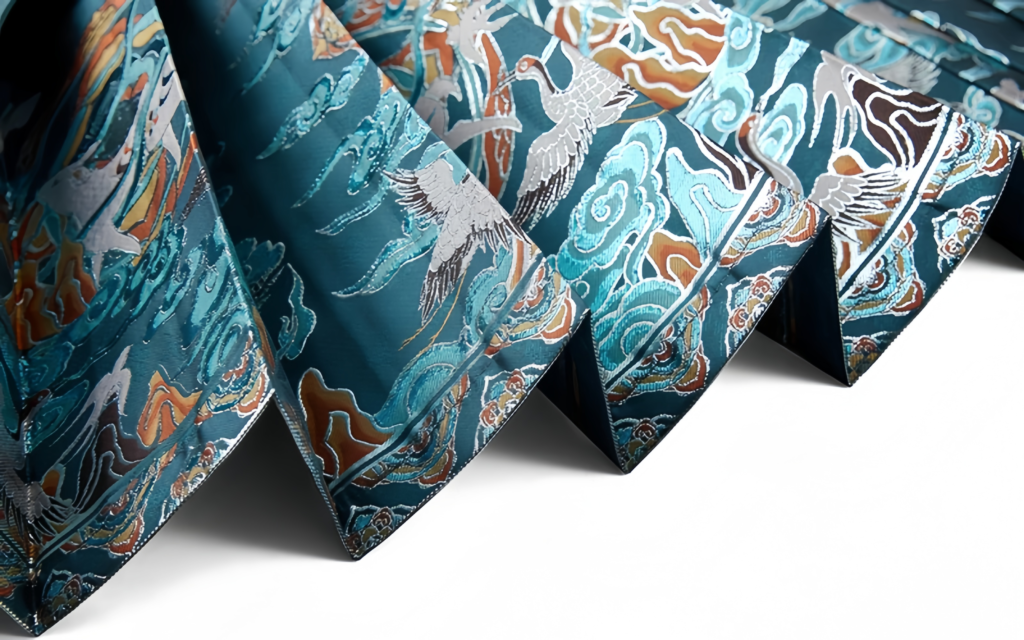
The Mamian qun(马面裙) is gradually making its way into our everyday wardrobes, and with this trend taking off, it’s no wonder many people are eager to own one. If you’re wondering how to choose Mamian qun styles that suit you best, you’re not alone. In this guide, we’ll walk through the key steps to selecting and styling a Hanfu skirt, all while honoring the beauty of traditional Hanfu fashion.
How to choose Mamian qun
Step 1: Sizing
The first thing to consider when choosing a Mamian qun(马面裙) is finding the right size. Just like with a well-tailored suit, the fit is everything. Whether you go for ready-made or custom-made, it’s important to focus on your height, waist, and hip measurements since these will affect the length, waist fit, and overall look of the skirt.

If you’re shopping online, most sellers will provide a size chart, which you can use to choose the right size based on your measurements. If you’re opting for custom tailoring, you’ll need to share your waist, hip, and height information with the seller so they can adjust the skirt’s waistline, length, and the width of the “skirt gates” (the four flat panels that make up the skirt). This ensures the fit is perfect for you.
For the waistband, there’s no direct linear relationship with your waist size, but the width can range anywhere from 16 to 38 cm. For the skirt length, a general rule of thumb is that Mamian qun(马面裙)s look best when they reach the floor, so your height and body proportions should be taken into account. It’s important to get the waist and hip measurements right because if the waist is too big, the pleats will get lost, and if it’s too small, you might end up with an unintended reveal.
So, while standard sizes might work for some, opting for a custom-made Mamian qun(马面裙) is often the safest bet.
Step 2: Pleats
Once you’ve figured out the basic measurements, the design of the pleats will play a big role in how the skirt looks. Most Mamian qun(马面裙)s come with five or seven sets of pleats. If you have a wider hip area, it’s a good idea to go for the seven-pleat version.
-1024x1024.png)
As for the style of pleats, there are two main types: parallel pleats and trapezoidal pleats. Parallel pleats create an “H” shape effect, while trapezoidal pleats give the skirt a looser, more flowing appearance.
Step 3: Fabric
When it comes to fabric, Mamian qun(马面裙)s come in a variety of materials, including satin, chiffon, silk, and synthetic fibers. The fabric you choose will also determine the circumference of the skirt, based on its width. There are two key measurements to understand here: “Bai” (the full length around the skirt when opened) and “Qing” (the length of the repeating pattern). The standard “Qing” length typically ranges from 1.2 to 1.5 meters, so a 4.5-meter skirt would be considered a “three-Qing” skirt, while a 6-meter skirt would be a “four-Qing” skirt. These are the most common lengths for the skirt.
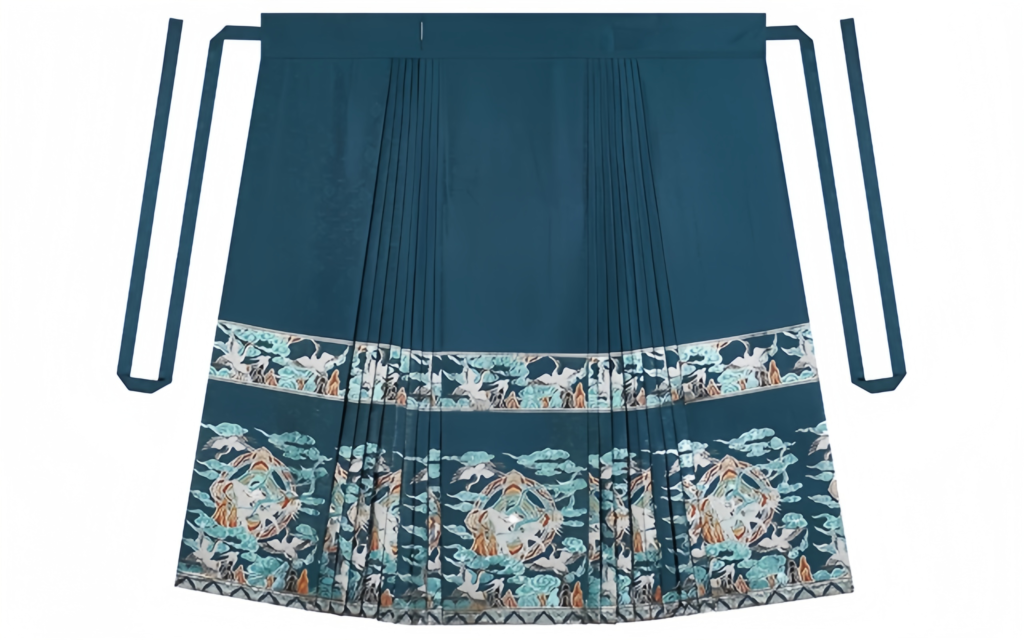
Step 4: Craftsmanship
The quality of craftsmanship can subtly influence the overall aura of the skirt. Here are a few popular techniques:
Embroidery: Many Mamian qun(马面裙)s feature intricate floral patterns embroidered on the fabric. The Qing dynasty Mamian qun(马面裙)s, in particular, often showcased elaborate designs along the hem.

Imitation Brocade: Known as “Imitation Flower,” this pattern is based on the complex Nanjing Yun Jin weaving technique. These skirts have rich, colorful patterns that add a luxurious feel.
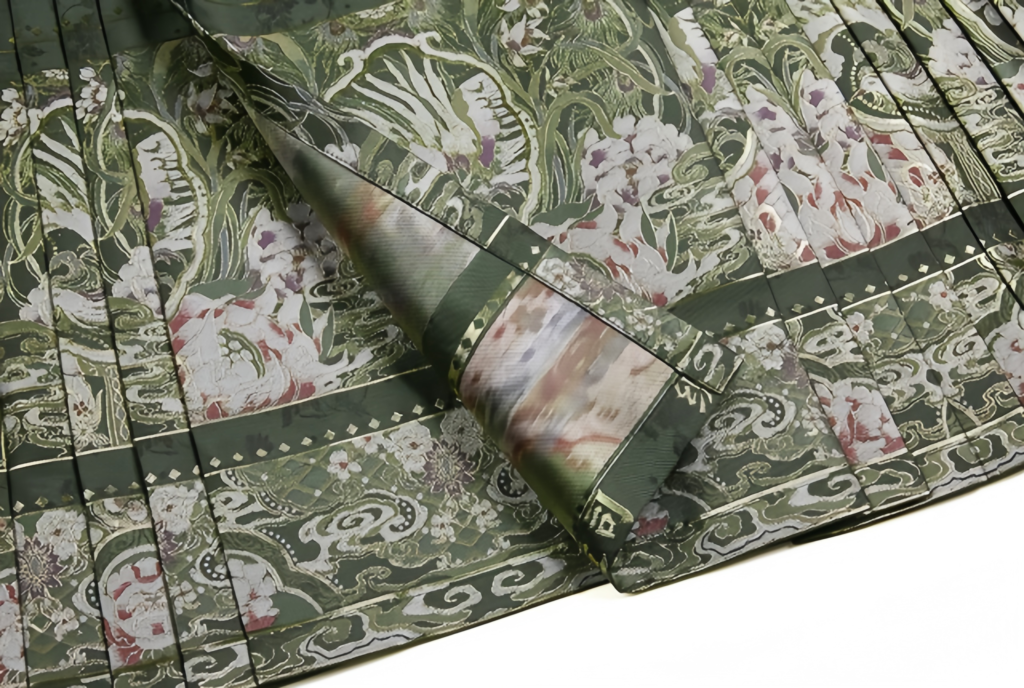
Imitation Gold Weaving: “Imitation Gold” refers to patterns woven with golden thread. Compared to imitation brocade, these patterns tend to be simpler but still add a touch of elegance. There are various types of gold thread used, including flat gold, round gold, and wrapped gold. Flat gold is the most common and creates a shiny effect but may show some wear. Round gold has a higher shine and a smoother texture, while wrapped gold maintains its color and shine for longer periods.
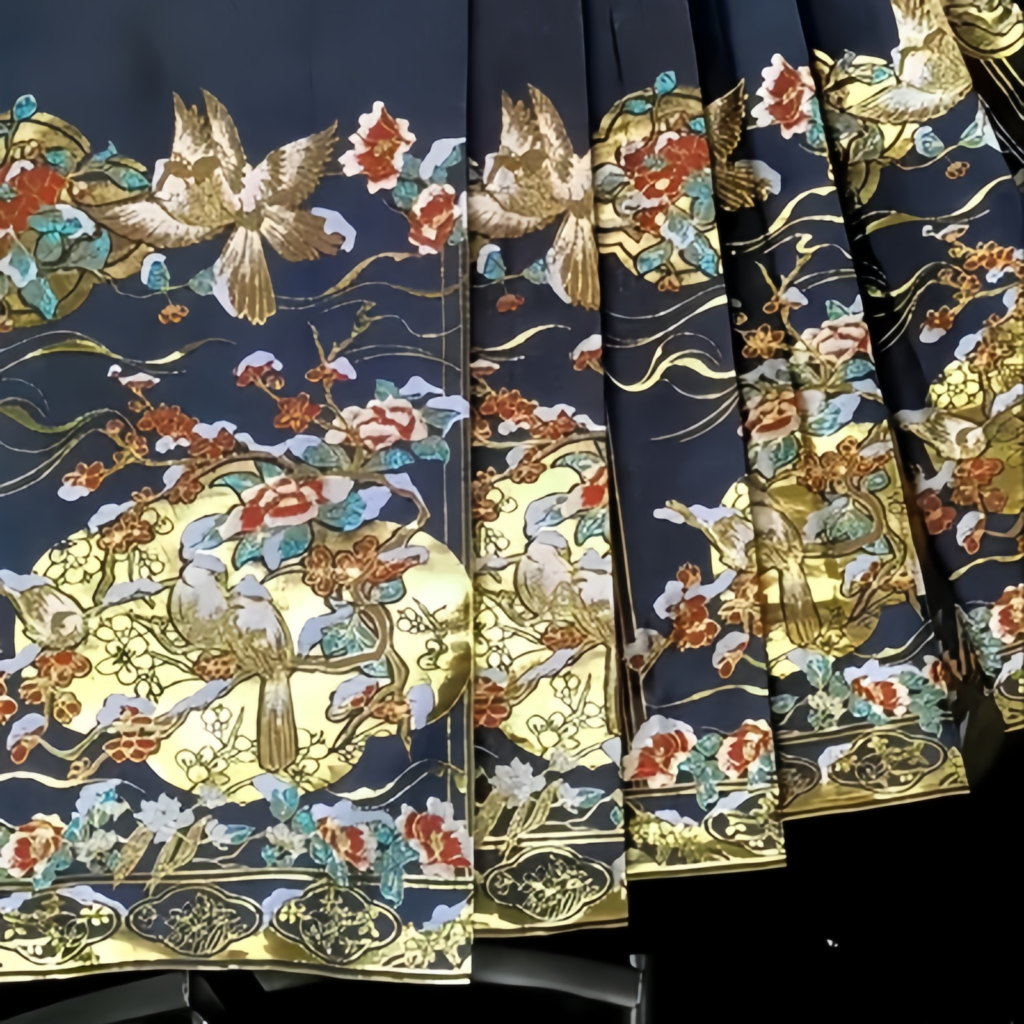

It’s worth mentioning that many of these techniques, like brocade and gold weaving, are ancient Chinese arts that are difficult to replicate on a large scale with machines. So, the Mamian qun(马面裙)s you find in the market today are often based on these traditional imitation methods.
For more about traditional Chinese embroidery, check out China Textile Museum’s Embroidery Collection.
Step 5: Skirt Border (qun Lan)
The “Skirt Lan” refers to the horizontal patterns at the bottom of the Mamian skirt(马面裙). There are two types: the knee-length skirt border (patterns near the knees) and the lower skirt border (patterns near the feet). These decorative elements add a final touch to the overall look and give the skirt an elegant finish.

Styling Your Mamian qun(马面裙)
When it comes to pairing your Mamian qun(马面裙) with the right top, a popular and timeless choice is the “airplane sleeve” shirt. This shirt design is fitted from the shoulder to the cuff and flares slightly, creating an elegant shape that complements the flow of the Mamian qun(马面裙). The narrow cuffs provide a sleek look without restricting movement, making it both stylish and practical. For smaller frames, you might want to skip the collar design, which can make the body appear larger, and opt for a shoulder-baring top instead.


Aside from the airplane sleeve shirt, there are plenty of creative ways to style your Mamian qun(马面裙). For example, you can pair it with a simple shirt, a hoodie, or a stand-up collar top for a modern twist. As the weather gets cooler, a round-neck cross-body jacket, a long Song dynasty-style coat, or a woolen coat can be great options to keep warm while still looking chic.

Conclusion
Choosing the right Mamian qun(马面裙) involves more than just picking a size; there are many factors to consider, including fabric, pleat design, craftsmanship, and how well the skirt complements your body shape. By understanding these details, you can find a skirt that not only fits perfectly but also reflects the beauty and tradition of Hanfu fashion. Whether you’re looking for something elegant for a special occasion or a unique piece for everyday wear, there’s a Mamian qun(马面裙) out there that’s just right for you!

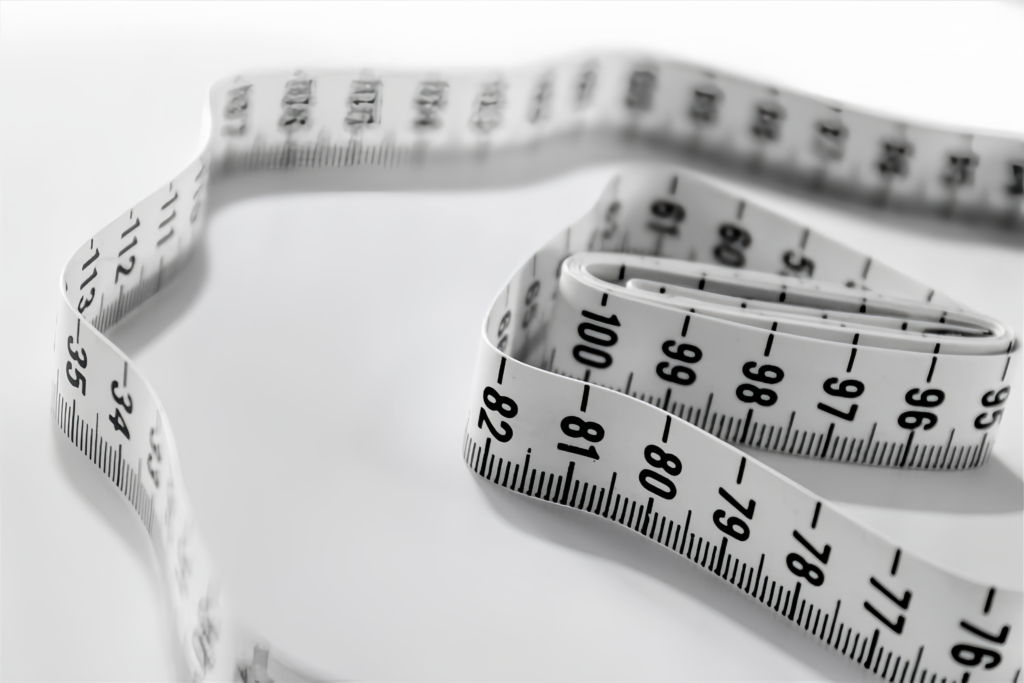



Responses